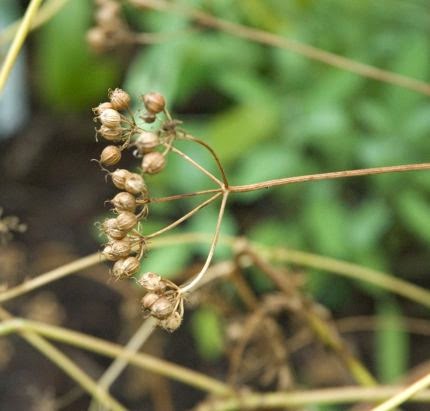As I mentioned in Part I, the plants in Florida are much
different than our New England plants.
Even across Florida there is quite a variety. Florida is a large state, and ranges from
Zone 8, where I live in the winter, to Zone 10 in southern Florida. And there are coastal areas and inland areas,
all having different micro climates. So
when talking about what grows, and how to grow, in Florida there is wide range
of information.
The conference was in DeLeon Springs, which is north of
Orlando and east of Ocala, just east of the Ocala National Forest. The
Ocala National Forest is the second largest nationally protected forest in the
United States and covers 607 square miles of Central Florida. It is the southernmost national forest in the
US and protects the world’s largest contiguous sand pine scrub forest. We drove through it to get to the conference and it is a beautiful and
amazing place.
In central Florida, we were able to see many blooming
and growing plants at the end of February.
Some that I found interesting were:
Usnea – this is a picture of usnea growing on a broken
limb hanging in a wild cherry tree and another of Jeanine holding it growing on a branch.
Usnea is a lichen and can be identified by the white thread that grows
through it. In central Florida, it grows
most often on oak trees. I have used dried usnea for urinary tract
infections and it is also an immune tonic herb and high in Vitamin C. I don’t recall ever seeing usnea growing in
such profusion at home, it seemed to be just everywhere here!
Spanish Needle (Bidens Alba) – this is a common weed in
Florida and in bloom in February. The
flowers and young leaves are edible and it is a great salad herb. It can be used medicinally for colds and flu,
inflammation and urinary tract infections.
I thought the cheery little flower was a wonderful sight and bidens is
also the 3rd largest source of nectar for honeybees in Florida
(behind saw palmetto and citrus fruit).
Gotu Kola (Centella erecta), sometimes called Pennywort
– a cousin of Centella asiatica, these are so close that according to Green
Deane only geneticists can tell the difference between the 2 species. The
picture is it growing right outside our tent by the lake, the gotu kola has the heart-shaped leaves. While not native to North America, it is
found in the southern part of the US and is thought to have been here for
thousands of years. In folklore,
pennywort supposedly helped one Chinese master live to 256 years old. Gotu kola is commonly used in Asian cooking
and can be added to salads as well.
Medicinally, gotu kola increases memory and concentration, revitalizing
nerve and brain cells. It is also
considered an adaptogen and is also antibacterial and antifungal.
Of course there were many more, some old familiars like plantain and elder and other new ones. So many plants, so little time :-)





















